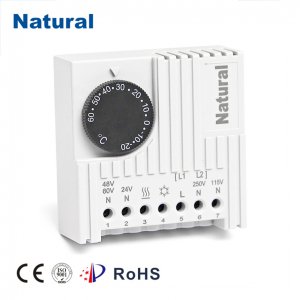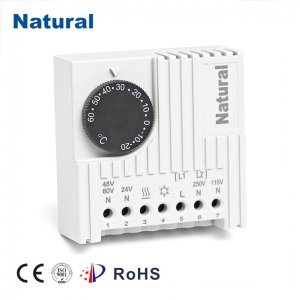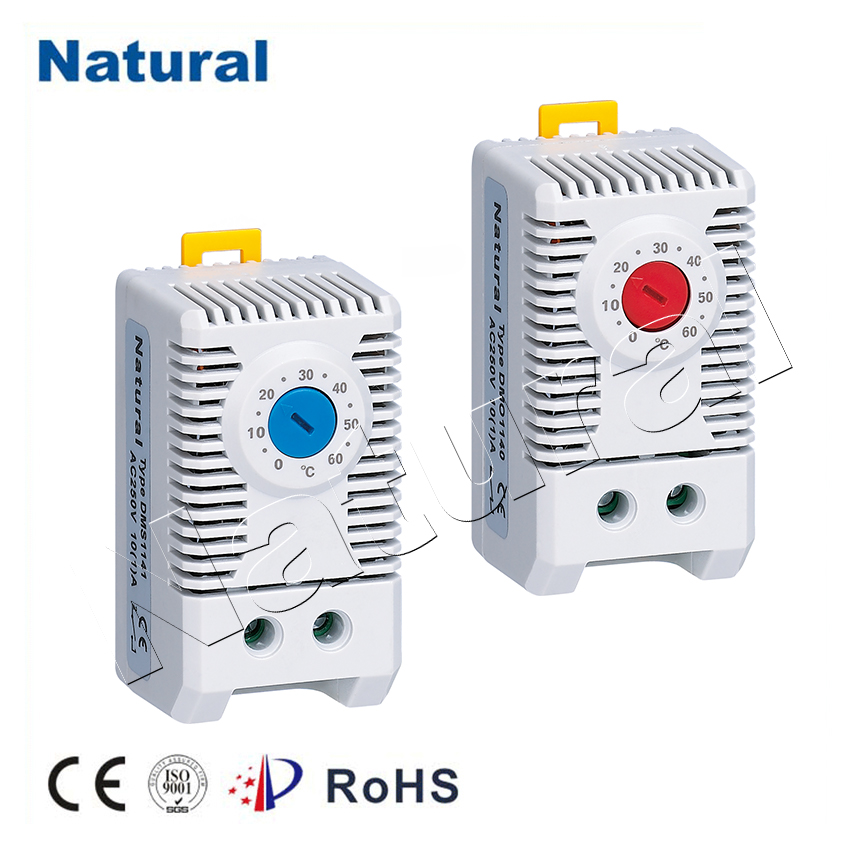A thermostat is an essential part of any heating, ventilation, and air conditioning (HVAC) system. It serves as the central control unit for regulating temperature within a home or business. Among the many types of thermostats available today, the 24V thermostat is one of the most commonly used in residential and commercial HVAC applications. Understanding how this device works and the advantages it offers can help homeowners and businesses make more informed decisions when selecting the right thermostat for their needs.

What is a 24V Thermostat?

A 24V thermostat is a type of low-voltage thermostat commonly used in central heating and cooling systems. The term “24V” refers to the voltage level at which the thermostat operates. Unlike other types of thermostats that might use higher voltages, such as 120V or 240V, a 24V thermostat uses a 24-volt power supply to operate. This lower voltage is particularly safe and energy-efficient, making it an ideal choice for residential and commercial HVAC systems. 24V thermostats are designed to control the heating and cooling systems by regulating the flow of electricity through the system’s control circuits. They receive power from the HVAC system’s transformer, which steps down the voltage from the electrical supply to a safer, lower level of 24 volts. This ensures that the thermostat can safely send commands to the HVAC system, such as turning the furnace on or off or adjusting the air conditioning settings.
